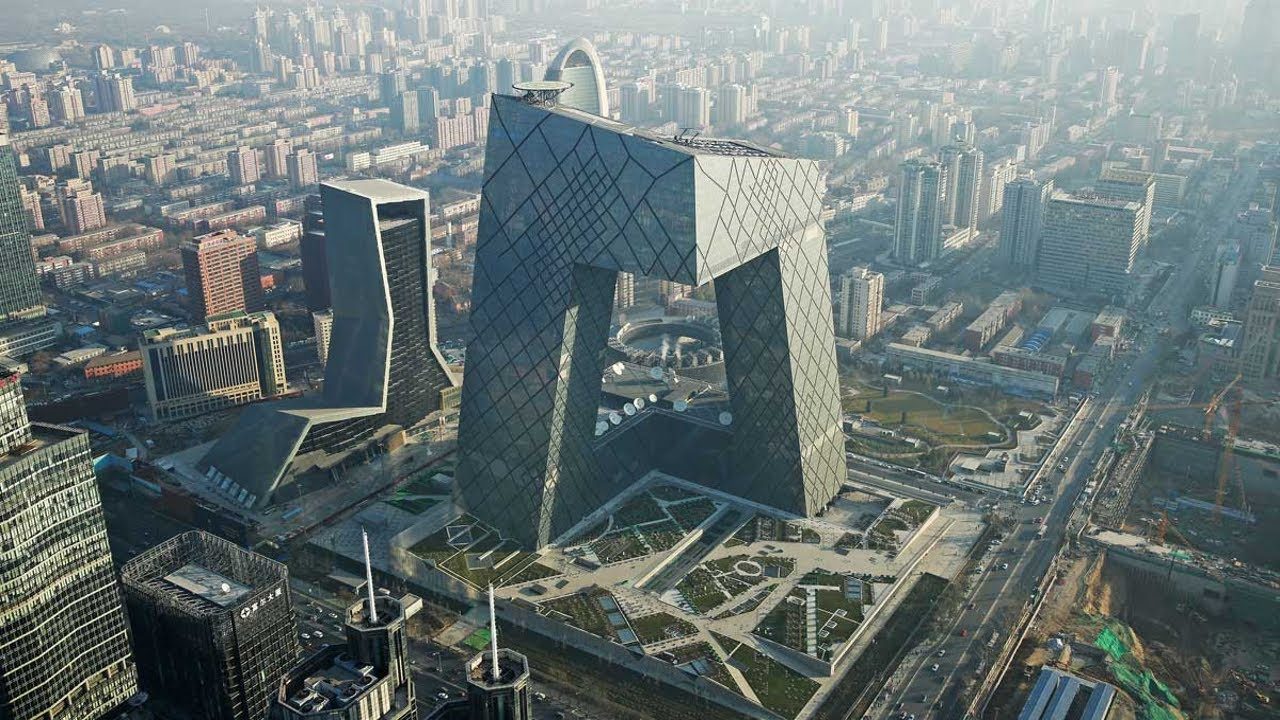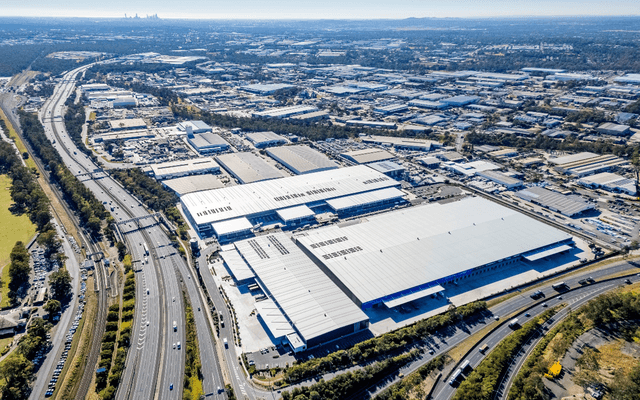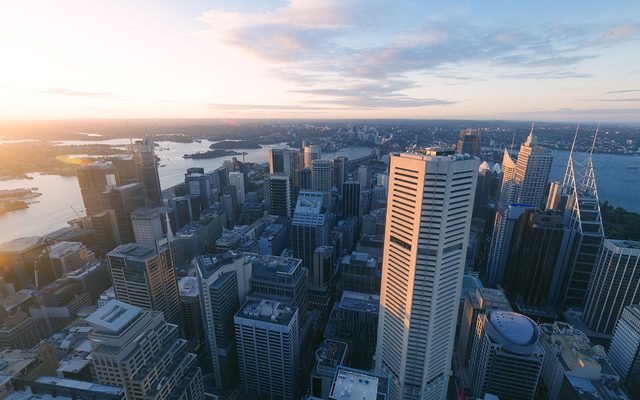This article is from the Australian Property Journal archive
COMMERCIAL real estate investments in Australia fell 27% compared to a year ago due largely to a decline in cross-border capital, whilst the ongoing US-China trade tensions has not put off investors with Beijing catapulting to pole position for the first time, according to Real Capital Analytics.
RCA’s latest Asia Pacific Capital Trends Q1 2019 report transactions ebbed in Australia in the lead up to federal election on May 18, with deal volume falling 27% to US$3.0 billion compared with the same period of 2018.
RCA senior director of analytics Petra Blazkova said the biggest contributor to the decline was the pull-back in cross-border capital flows.
“More broadly, Australia is facing larger challenges with housing prices falling for over a year, led by Sydney and Melbourne. The retail market too is under pressure, hit by the rise of e-commerce. Discount department stores have been particularly hard-hit amid a wave of shop closures and consolidations,”
Blazkova added that while the office yield compression in Sydney and Melbourne stopped at or near record lows, more pressure on yields was obvious elsewhere.
“The structural changes ahead of the Australian retail sector have started to impact its pricing. Shopping centre yields have moved out by 70 basis points in the last 12 months,” she continued.
Meanwhile Beijing went against the declining trend in the Asia Pacific region, with investments totalling US$4.5 billion in the first quarter. As a result, China’s capital city leapfrogged from seventh place in 2018 to first place. Two mega-deals of over US$1.3 billion accounted for more than half of that figure.
In contrast, total investment volume across APAC fell 36% to US$30.5 billion compared to a year ago.
Blazkova said China’s trade tensions with the US and the global downturn in demand for consumer products took their toll on property investment across the region.
Hong Kong was nudged into second place among APAC metropolitan markets with an investment volume of US$4.4 billion and Tokyo came in third at US$3.9 billion.
“Traditionally, Beijing was considered a government city, more than a major commercial real estate investment target. Cross-border capital flows, however, appear to be changing the nature of the market and the city is becoming more appealing to institutional investors,” she added.
Despite the slump in APAC region, Blazkova is upbeat.
“The markets are comparatively late in the real estate investment cycle and prices look high from a historical perspective. Global interest rates, however, remain relatively low and the count of pending deals is substantial in markets such as Hong Kong, China and India. On balance, these factors signal that the outlook for Asia Pacific’s investment markets for the remainder of the year may be more upbeat.” Blazkova said.
Australian Property Journal




